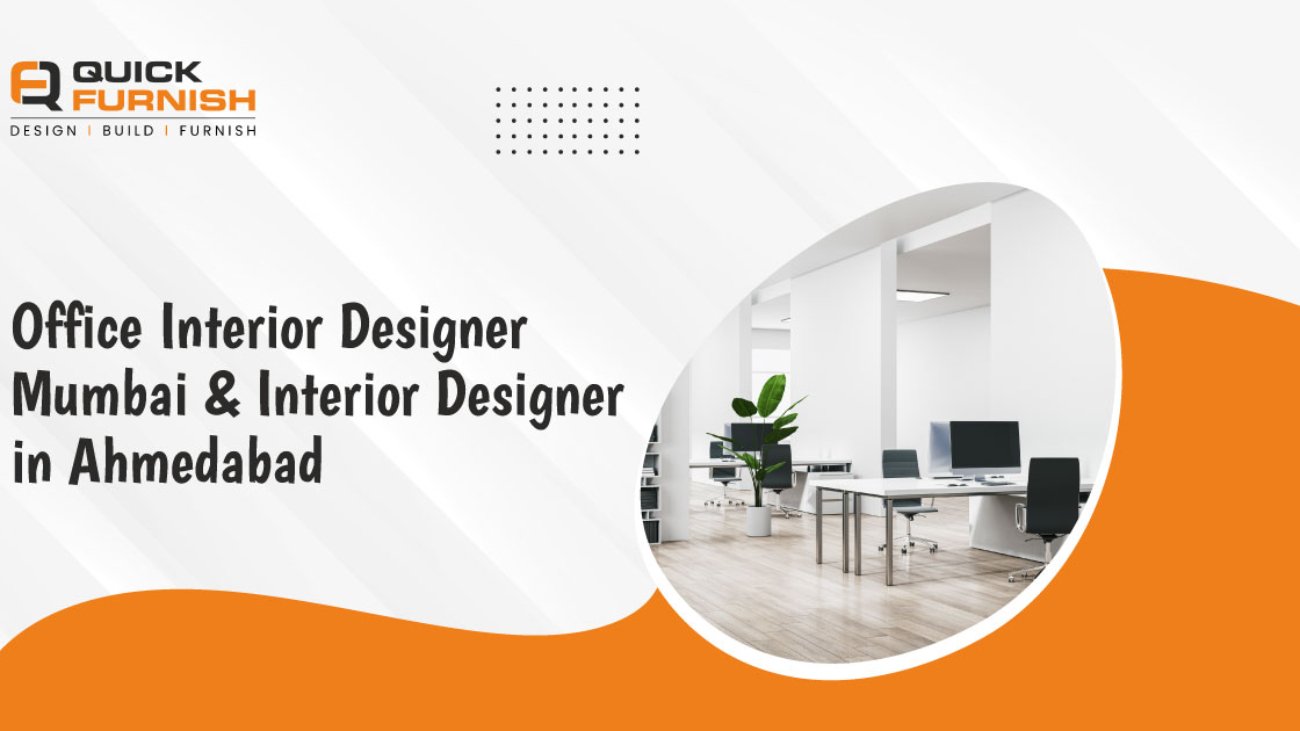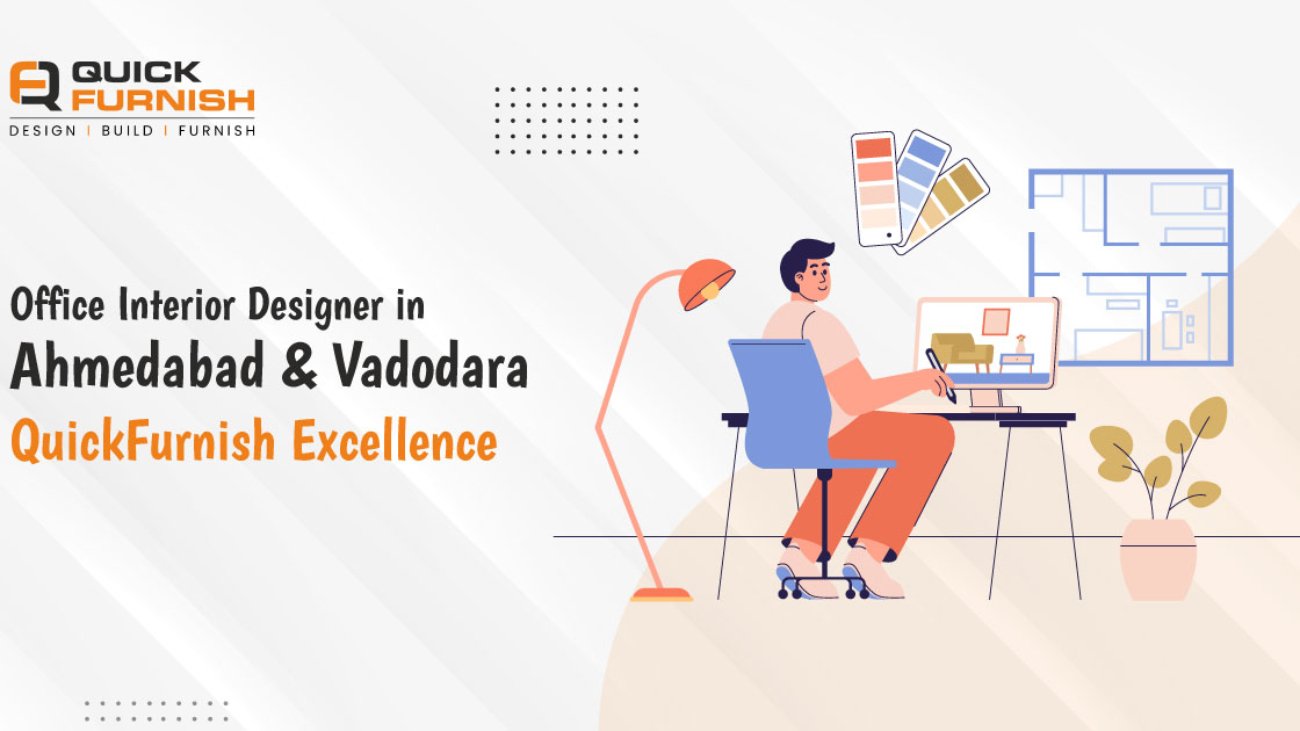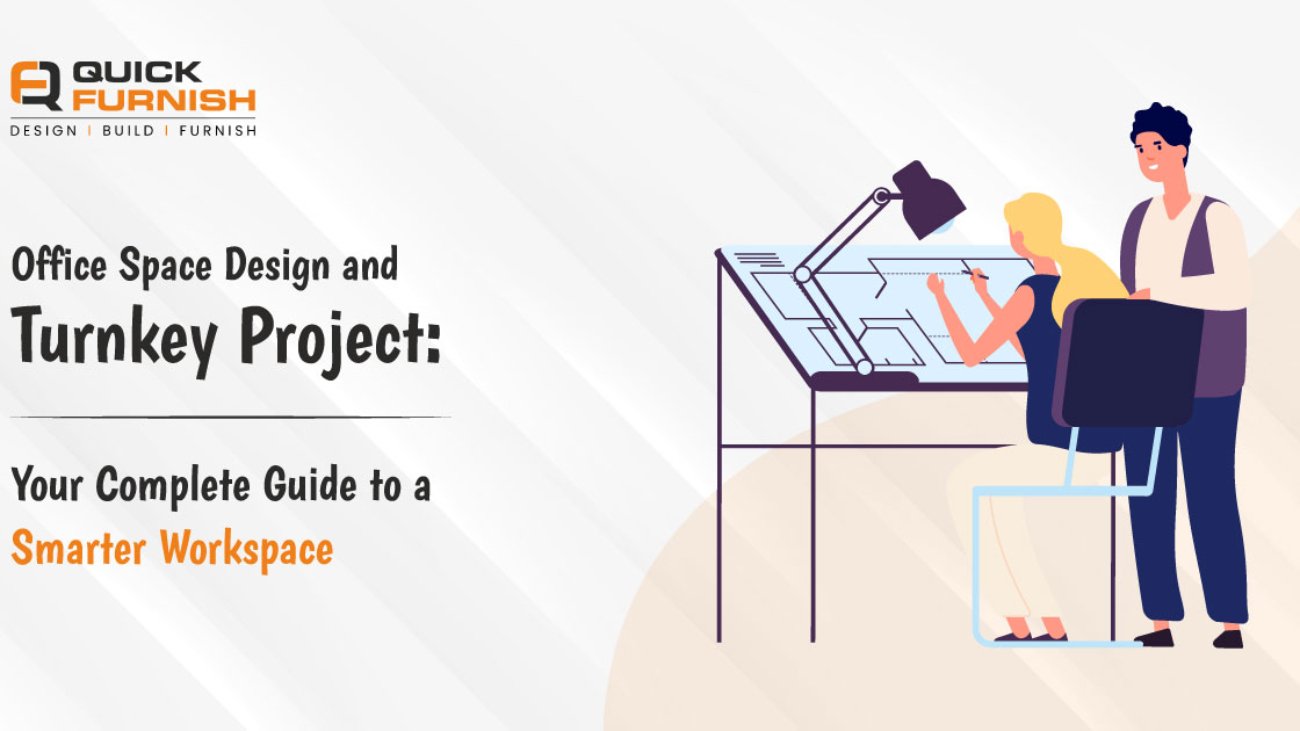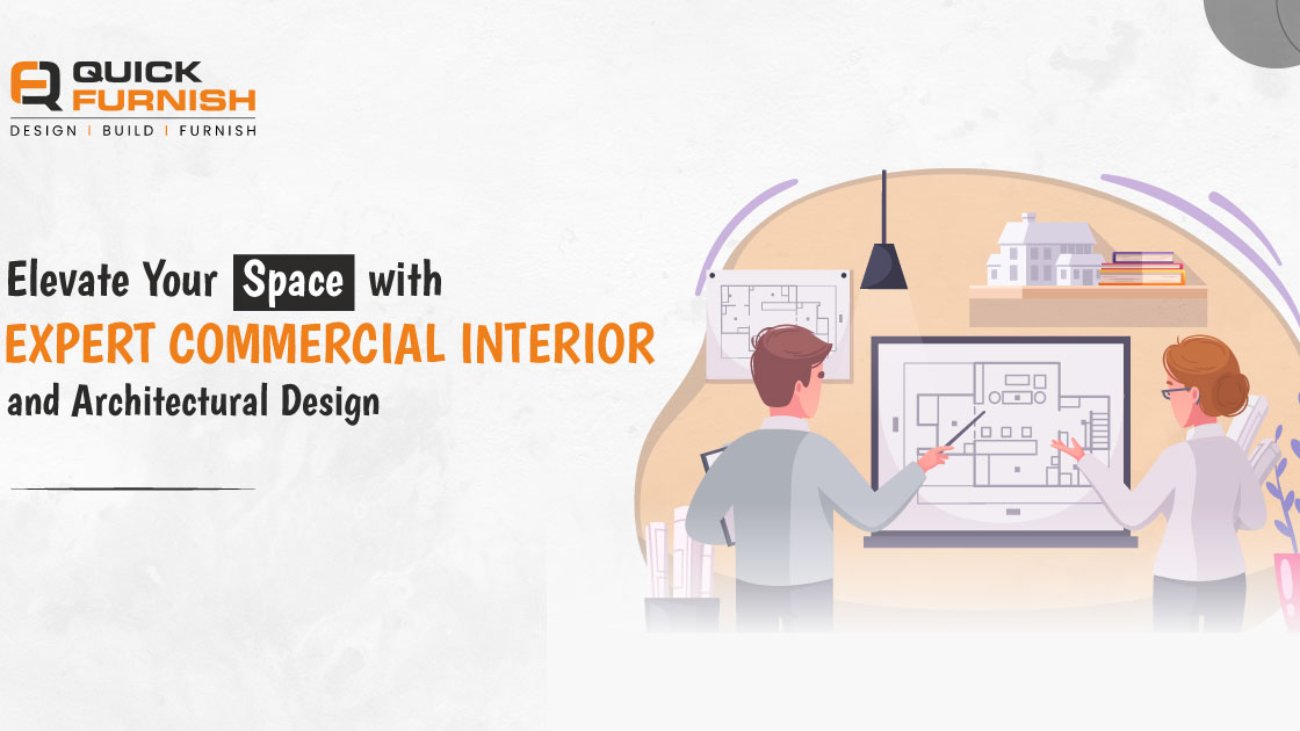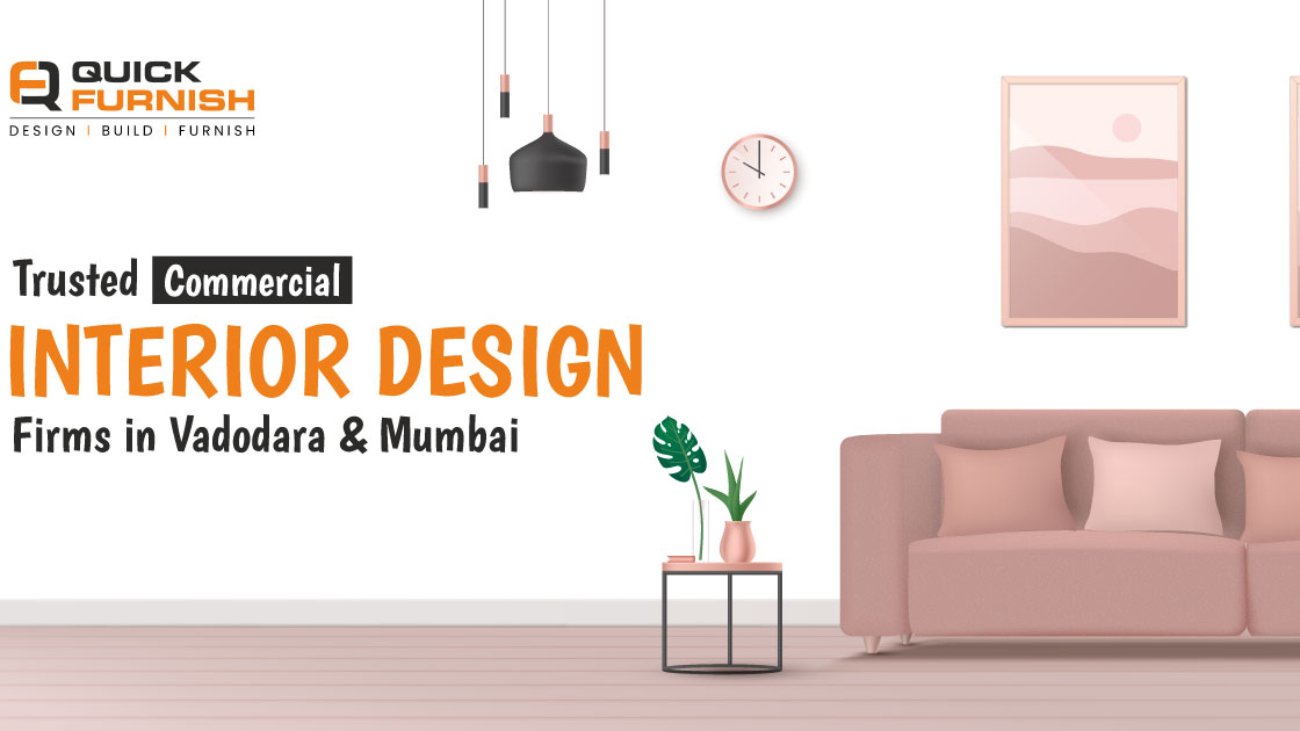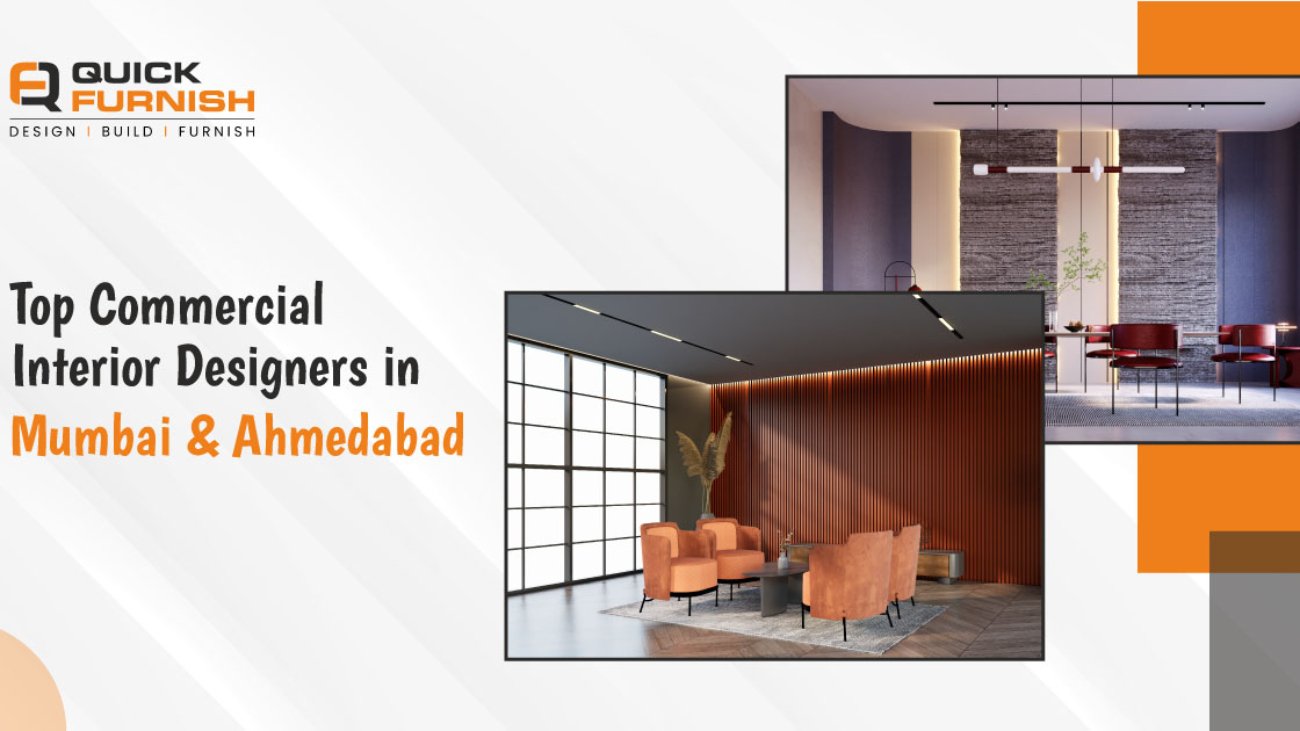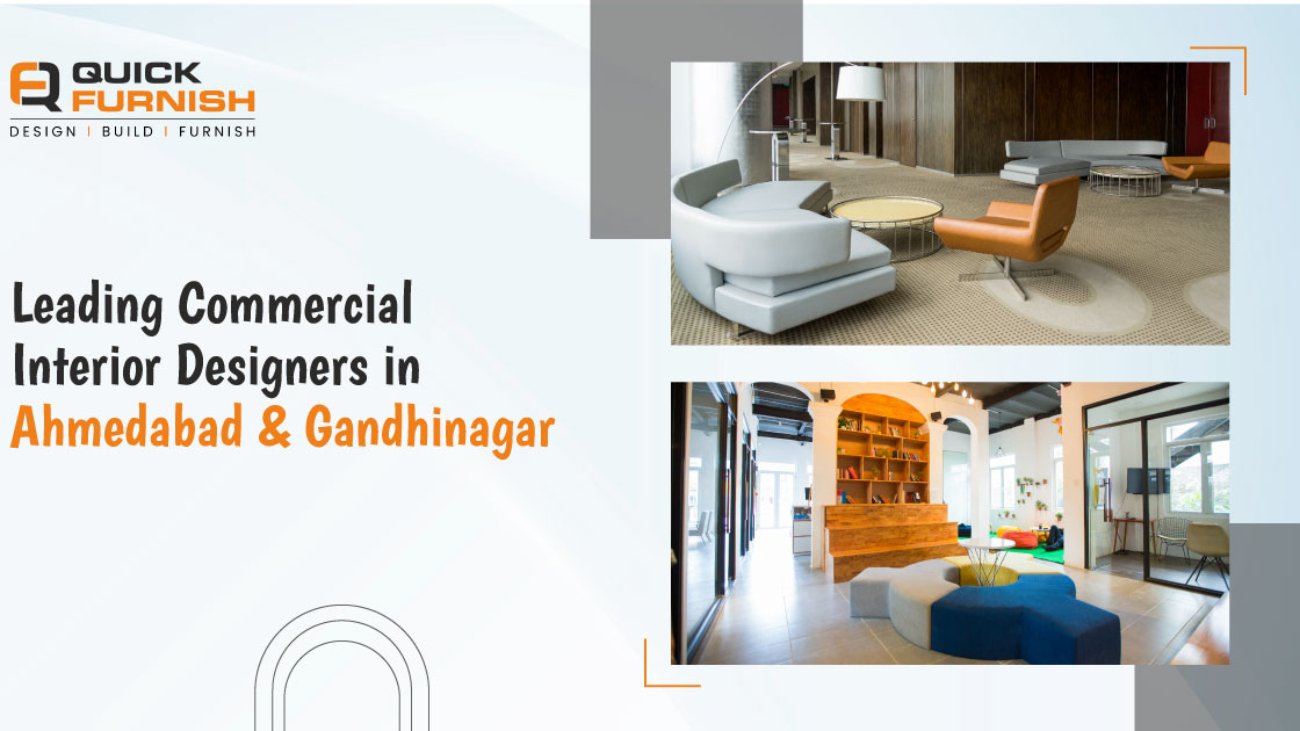Designing a workplace is not just about arranging furniture or painting walls—it’s about shaping experiences, optimizing productivity, and reflecting your brand’s essence. Whether you’re seeking an experienced office interior designer in Mumbai or a professional interior designer in Ahmedabad, QuickFurnish delivers intelligent, aesthetic, and functional spaces tailored for modern businesses.
Why Office Interior Design Matters in Today’s Work Culture
The modern office is more than a place to work—it’s a space that drives innovation, fosters teamwork, and improves employee well-being. A well-planned interior design can significantly influence how your team collaborates, thinks, and feels.
Key Benefits of Professional Office Interior Design
- Enhanced Productivity: Smart layouts and noise management boost concentration and efficiency.
- Brand Expression: Design tells your brand story without saying a word.
- First Impressions: Clients judge your professionalism by your office aesthetics.
- Employee Retention: Comfortable, inspiring spaces improve morale and reduce turnover.
QuickFurnish – Redefining Workspaces in Mumbai & Ahmedabad
At QuickFurnish, we blend creativity with commercial logic. Our team of interior experts and project managers is dedicated to transforming ordinary spaces into inspiring work environments.
Why Choose QuickFurnish?
- Turnkey Solutions: From planning to execution, everything under one roof.
- Customized Design: Tailored layouts, materials, and themes based on your brand.
- Pan-India Presence: Serving corporate clients across Mumbai, Ahmedabad, and other cities.
- Use of Premium Materials: Italian finishes, ergonomic furniture, and timeless styles.
- On-Time Delivery: We understand business deadlines and deliver with speed and precision.
Project Spotlight: Miracle Fintech Office – Ahmedabad
QuickFurnish successfully delivered a refined and thoughtfully designed office space for Miracle Fintech, a growing leader in the financial technology sector.
Project Highlights:
- Client: Miracle Fintech
- Location: Ahmedabad
- Size: 10,000 sq. ft.
Design Objectives:
- Minimalist Elegance: The client required a minimal color palette to reflect a calm, high-end feel.
- Spaciousness: The layout needed to create a sense of openness and flow from the reception area.
Our Approach:
- Used ivory color tones paired with rich wood textures for a sophisticated yet minimalist ambiance.
- Focused on spatial planning to ensure an open feel throughout the layout.
- Designed workstations and private offices to be clutter-free and highly functional.
- Used visual alignment techniques to elongate spatial perception, making the office appear larger.
The result? A serene, modern workspace that reflects Miracle Fintech’s professionalism while enhancing functionality and employee comfort.
Office Interior Designer in Mumbai – Elevating Urban Workspaces
Mumbai’s fast-paced corporate environment demands more than just beautiful interiors. Companies need flexible, smart, and branded workspaces that can adapt and scale. As a leading office interior designer in Mumbai, QuickFurnish brings cutting-edge concepts to one of India’s busiest markets.
What We Offer in Mumbai:
- Corporate Office Interiors
- Co-working and Hybrid Office Spaces
- Executive Cabins & Meeting Rooms
- Recreational Zones and Cafeterias
- Custom Furniture & Modular Workstations
Our Mumbai team works closely with architects, civil engineers, and vendors to ensure every design aspect meets functional, aesthetic, and budget expectations.
Interior Designer in Ahmedabad – Crafting Culture-Driven Spaces
Ahmedabad’s business ecosystem is rapidly growing. As an experienced interior designer in Ahmedabad, QuickFurnish has helped startups, corporates, and MNCs build spaces that reflect their ethos.
From IT offices and industrial setups to high-end corporate headquarters, we offer comprehensive design and build solutions to meet local and global standards.
Frequently Asked Questions (Q&A)
Q1: What services do you offer as an office interior designer in Mumbai?
A: We provide complete office design services including layout planning, 3D modeling, furniture design, material selection, MEP coordination, and turnkey execution.
Q2: How much does office interior design cost in Mumbai or Ahmedabad?
A: Costs vary depending on area size, design complexity, and materials used. We offer transparent pricing and work within your budget to deliver top-quality results.
Q3: Can QuickFurnish help with small office design?
A: Absolutely. We design scalable, functional solutions for small offices, startups, and co-working spaces that optimize every square foot.
Q4: How long does it take to complete an office interior project?
A: Timelines range from 4 to 12 weeks depending on the scope. Our experienced project managers ensure on-time delivery without compromising quality.
Q5: Do you also design eco-friendly or sustainable office interiors?
A: Yes. We offer eco-conscious options like LED lighting, low-VOC paints, recyclable materials, and energy-efficient layouts.
From Concept to Completion – Let’s Build Your Ideal Office
At QuickFurnish, we don’t just design offices—we create environments that empower teams, impress clients, and support business growth. Whether you’re in Mumbai or Ahmedabad, our expert interior designers are ready to bring your dream workspace to life.
If you’re searching for a reliable office interior designer in Mumbai or a skilled interior designer in Ahmedabad, let’s connect and make it happen.
Contact Us
📧 Email: info@quickfurnish.co
📞 Phone: +91 70437 04333
📸 Instagram: @quick.furnish
📘 Facebook: QuickFurnish
Let QuickFurnish transform your office into a space of productivity, elegance, and innovation.

